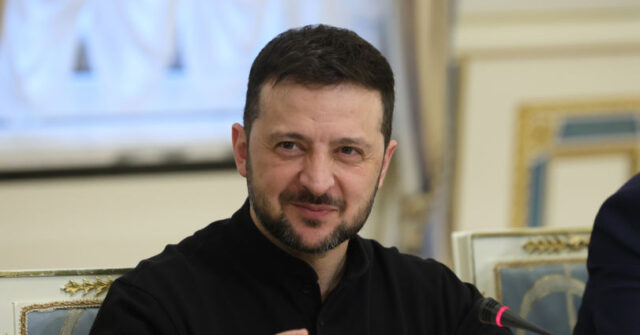In recent developments, Ukraine has claimed responsibility for the assassination of Mikhail Shatsky, a prominent Russian missile scientist, in a Moscow suburb. Shatsky, described as a key figure in missile and drone design at the Mars Design Bureau, was found shot dead in a Forest park near Kotelniki. This incident follows closely on the heels of a car bombing that killed Sergei Yevsyukov, a pro-Russian official in occupied Donetsk. Ukrainian intelligence services asserted that Shatsky was a legitimate target due to his involvement in developing armaments used against Ukraine, illustrating the increasing tensions in the region and Ukraine’s intent to counter Russian military efforts through targeted actions against its military-industrial contributors.
According to sources cited by Kyiv state media, Shatsky’s elimination is part of a broader strategy where individuals connected to Russian aggression are marked for “liquidation.” An insider from Ukraine’s intelligence suggested that all personnel in the military-industrial complex, which supports Russian operations against Ukraine, could expect to be treated as targets. Russian state media has not confirmed the assassination yet, although images purportedly showing Shatsky’s remains have surfaced on social media platforms. This incident further escalates the ongoing conflict and highlights the lengths to which both sides are willing to go in their military strategies and actions.
Shatsky’s contributions to the Russian military included a significant upgrade of the Kh-59 ‘Kingbolt’ land-attack cruise missile to the newer Kh-69 model, which is seen as a potential counterpart to the British Storm Shadow missiles supplied to Ukraine. This recent assassination follows a similar act directed at Yevsyukov, who was killed in a car bombing in Donetsk, targeting his perceived complicity in war crimes related to the treatment of Ukrainian prisoners. It underscores a pattern of violence where Ukraine responds to Russian actions with direct, aggressive countermeasures, ostensibly in retaliation for atrocities attributed to individuals within the Russian-held territories.
These targeted killings represent a continuation of a trend observed in recent months where Ukraine has focused on eliminating figures it deems traitors or collaborators. The assassination of a senior naval officer in Sevastopol, who had also been implicated in war crimes, similarly indicates a concerted effort on Ukraine’s part to disrupt the command structures supporting Russian aggression. The frequency of these operations has raised concerns, with Russia labeling some of these acts as terrorism, while Ukraine maintains that such responses are necessary acts of retribution against individuals who directly contribute to their suffering and oppression.
In addition to high-profile assassinations, Ukrainian operatives have employed modern intelligence-gathering techniques. For instance, the shooting of Russian submarine commander Stanislav Rzhitsky was reportedly facilitated through the tracking of his fitness app. Such methods demonstrate a strategic adaptation in warfare as both sides evolve their tactics to leverage technology alongside traditional methods to carry out their objectives, whether in espionage or direct confrontation.
The willingness of Ukraine to carry out assassinations of domestic collaborators further complicates the war-torn landscape, revealing an escalation in the engagement on the ground. The systematic targeting of individuals working with Russian authorities indicates not only a strategic military front but also the internal struggle within Ukrainian territories occupied by Russia. These liquidations have targeted former Ukrainian officials who became pro-Russian figures during the conflict, suggesting a return to a paradigm of eliminating internal threats perceived as jeopardizing the sovereignty and territorial integrity of Ukraine in the ongoing war. Overall, the assassination of Mikhail Shatsky and the series of targeted killings serving as a potential response to Russian advances evoke a chilling sense of both inevitability and urgency in how Ukraine is attempting to navigate its fight for autonomy against a vastly more powerful adversary.

